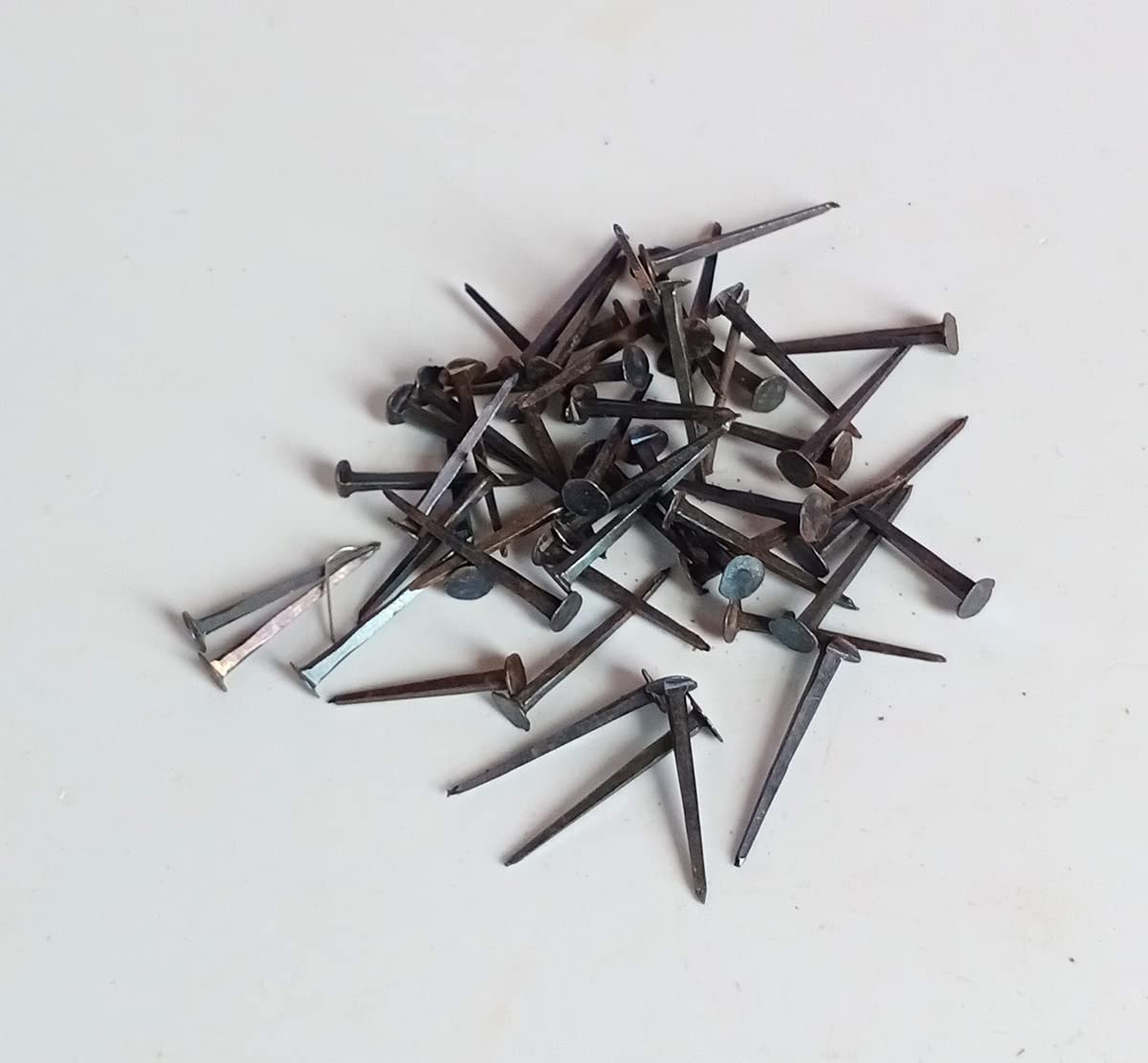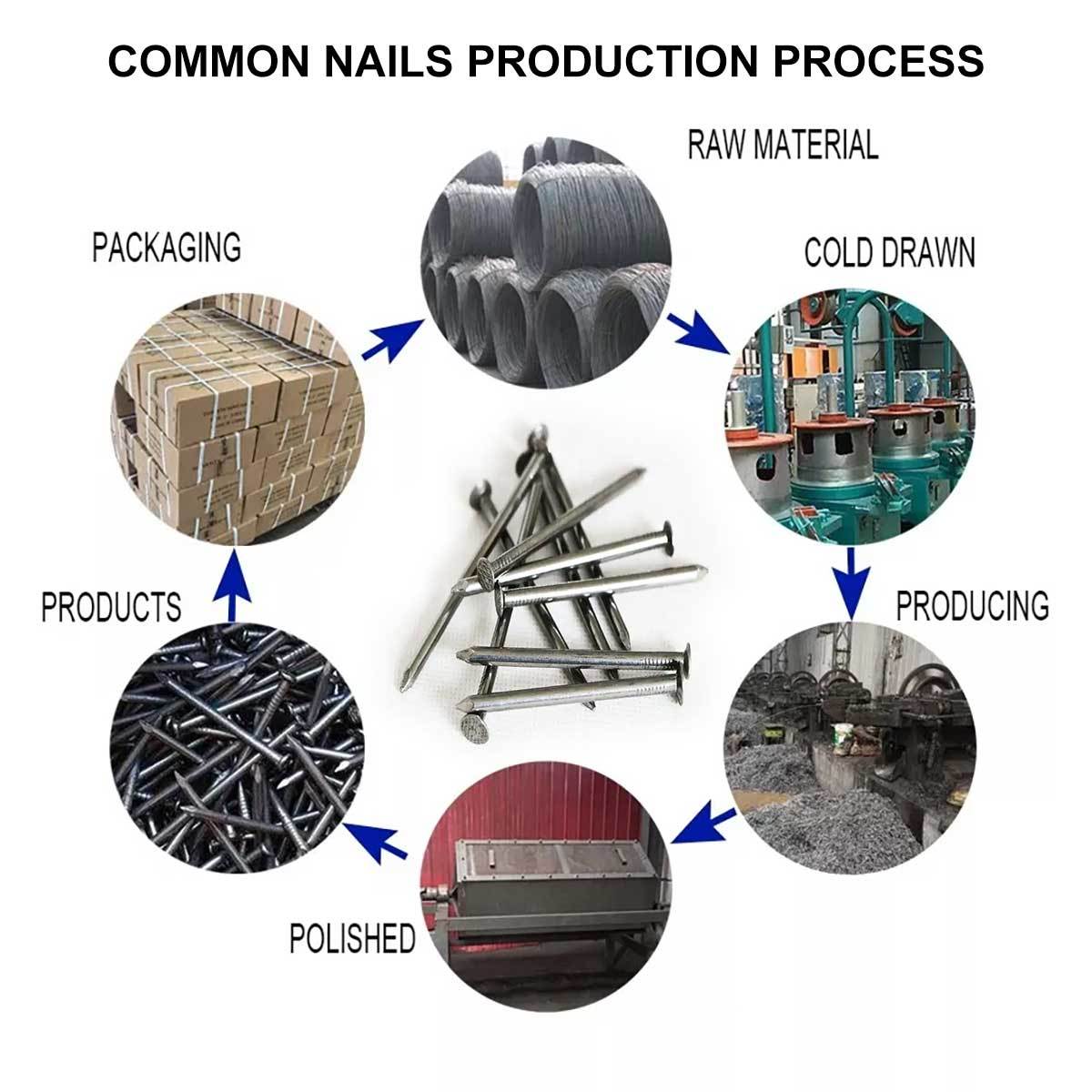The Nail-Biting History of Iron Nails: From Hand Forging to Automation
Let’s be honest—nails don’t get the credit they deserve. They hold our homes together, keep bridges standing, and make furniture functional, yet no one ever stops to thank these little metal heroes. So today, we’re taking a deep dive (or should we say, a deep hammer strike?) into the history of iron nails—from ancient hand-forged masterpieces to modern-day machine-made staples.
Ancient Times: The First "Nail It" Moment
While we don’t know exactly who first had the genius idea to stab a piece of metal into wood to hold things together, we do know this—nails have been around since the Bronze Age. That’s over 3,000 years of keeping things sturdy!
Early nails were handcrafted, painstakingly hammered into shape by blacksmiths. So, if you ever feel bad about struggling to assemble IKEA furniture, just imagine someone in 1200 BC trying to forge their own nails from scratch. Talk about a DIY nightmare!

Hand-Forged Nails: The Roman Empire’s Hidden MVP
Fast forward to Roman times (about 2,000 years ago), and nails were everywhere—literally. Archaeological digs across the UK have uncovered thousands of hand-forged iron nails, especially at old Roman villa sites.
One of the biggest finds? The fortress of Inchtuthil in Scotland, where 875,000 nails (weighing a whopping 7 tonnes) were unearthed. Why so many? The theory is that Roman soldiers buried them to keep the enemy from getting their hands on their precious supply. Talk about a "nailed it" military strategy!
How Hand-Forged Nails Were Made (The Original Craftsmanship)
Before machines took over, making a single nail was a full-blown art form. Here’s how blacksmiths did it:
- Heat iron ore with carbon to create a strong, dense metal.
- Shape it into square rods and let it cool.
- Reheat, cut, and hammer the end into a sharp point.
- Form the rose head by striking it four times—ensuring maximum grip when hammered into wood.

This design was no joke! The four sharp edges cut deep into timber, and when the wood got damp, it swelled around the nail, making an ultra-strong bond. It was like nature’s own version of super glue!
The Industrial Revolution: When Nails Went Machine-Made
By the late 1700s, things got serious. Nail production moved from blacksmiths’ forges to machines, making nails cheaper, faster, and more uniform. This era saw the birth of cut nails, which were made using:
- A machine that cut a triangular strip of metal into nail-sized pieces.
- A lever to hold it in place while another lever formed the head.
- A final cut that flipped the metal 180 degrees to form the next nail.
By the 1900s, steel wire nails entered the scene, changing the game. These thin, factory-made nails were super cheap and easy to mass-produce, though they weren’t as strong as their hand-forged ancestors. But hey, in a world of concrete and drywall, absolute strength wasn’t as necessary anymore.
Modern-Day Nostalgia: The Comeback of Hand-Forged Nails
Guess what? Hand-forged nails are making a comeback! With vintage home renovations and historical restorations trending, people are ditching modern nails in favor of traditional, handmade ones.
Why? Because nothing beats old-school charm. These handcrafted nails are perfect for:
- ✅ Period-style doors
- ✅ Rustic flooring
- ✅ Antique furniture restorations
- ✅ Giving your DIY project that "authentic vintage" look
Final Thoughts: Nail It Like Our Ancestors
From hand-forged beauties to machine-made efficiency, iron nails have quite literally held the world together for centuries. So next time you hammer in a nail, take a moment to appreciate its long and fascinating history. After all, without them, our houses might just fall apart—and that would be a real nail-biter!
